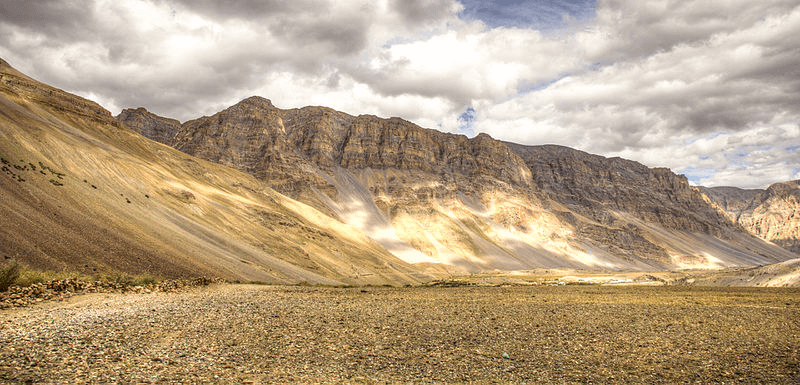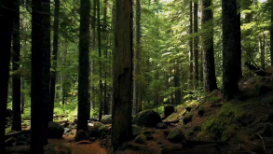High in the Himalayas, ecologically fragile and inaccessible, India’s Lahaul and Spiti district is snowbound for more than half the year. For years, locals burnt wood in smoky indoor stoves for cooking and heating. Since 2002, a charity has helped them to retrofit inexpensive solar passive technologies that reduce fuel use by 60 per cent, eliminating over 2.5 tonnes of carbon emissions per household, while maintaining indoor temperatures at above 10 degrees centigrade, even during winter months.

Imagine being inside a house, a smoky hearth at its centre around which the family huddles for warmth with snow falling in flurries outside. This is how people in Lahaul and Spiti, the remote, high altitude region in Himachal Pradesh, India, spend over seven months of their lives every year. Their need for fuelwood, a scarce but highly polluting resource, is undeniable, given that minimum temperatures in winters dip to minus 30 degrees centigrade. Which is what makes the inexpensive renewable energy innovations developed and implemented here by Ecosphere Spiti, a social enterprise with a passion for eco conservation, responsible mountain travel and adventure, so important.
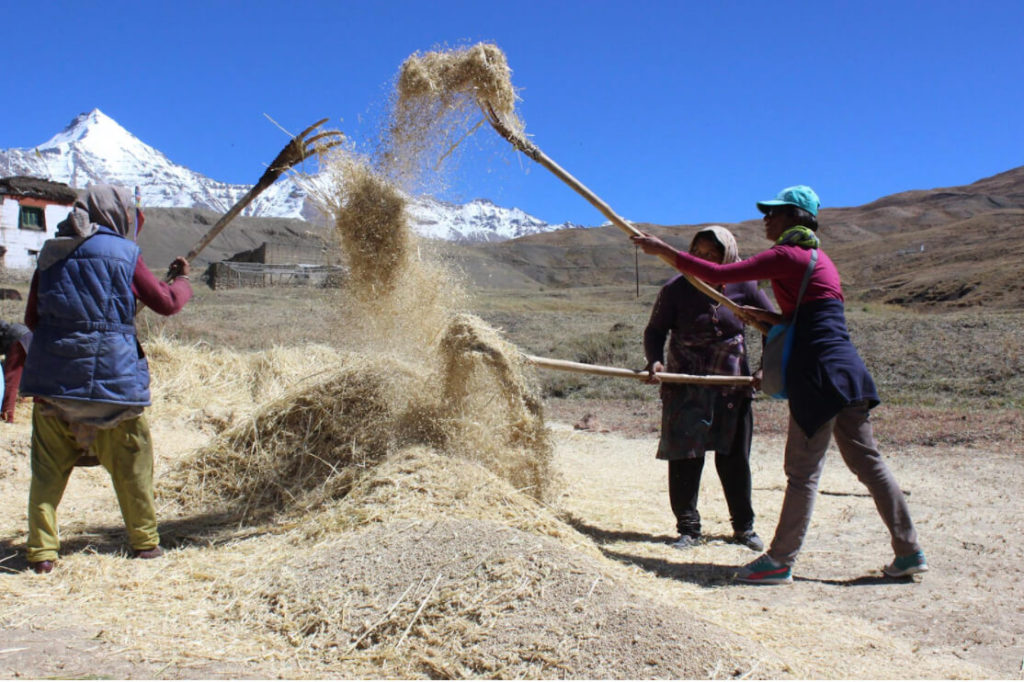
Ecosphere Spiti uses principles of solar passive architecture: south-facing, direct solar gain windows and insulated floors and walls, to trap the sun’s heat in Spitian homes. Over the years, people here have noted that these tweaks ensure that even when it is minus 30 degrees outside, the inside temperature remains around ten degrees without artificial heating. On average, passive solar rooms reduce a household’s fuel wood consumption to half, leading to savings of USD $130-260, depending on family size. They have also developed solar greenhouses — polythene-covered structures on wooden frames with a ventilator and door, in which villagers can grow food even when it is snowing outside. These ensure that villagers have a supply of spinach, coriander, onions and garlic – not just to consume, but also to sell.
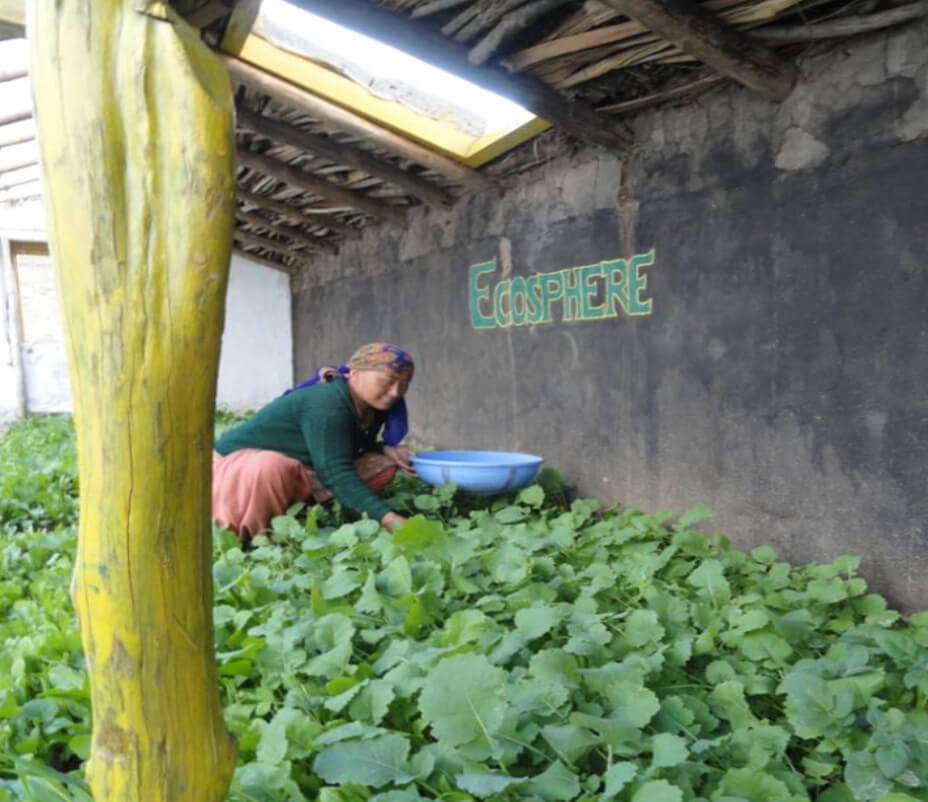
Both these solar technologies make a perceptible improvement in the local quality of life, and cost relatively little to implement. Solar passive houses cost about USD $700 to construct, while a greenhouse can be made for about USD $400.
“While Spiti urgently needs better infrastructure, we have also seen how its vulnerable ecology is being adversely affected by its very creation,” Ishita Khanna, co-founder of Ecosphere Spiti, explains. Ecosphere Spiti uses tourism as a funding mechanism: operating local tours, a café, B&B and a successful volunteer tourism programme to subsidize its development programmes. “Some time ago, volunteers helped build an artificial glacier in the village Demul to recharge the groundwater,” says Khanna. “In fact, they’ve built most of our greenhouses as well!”
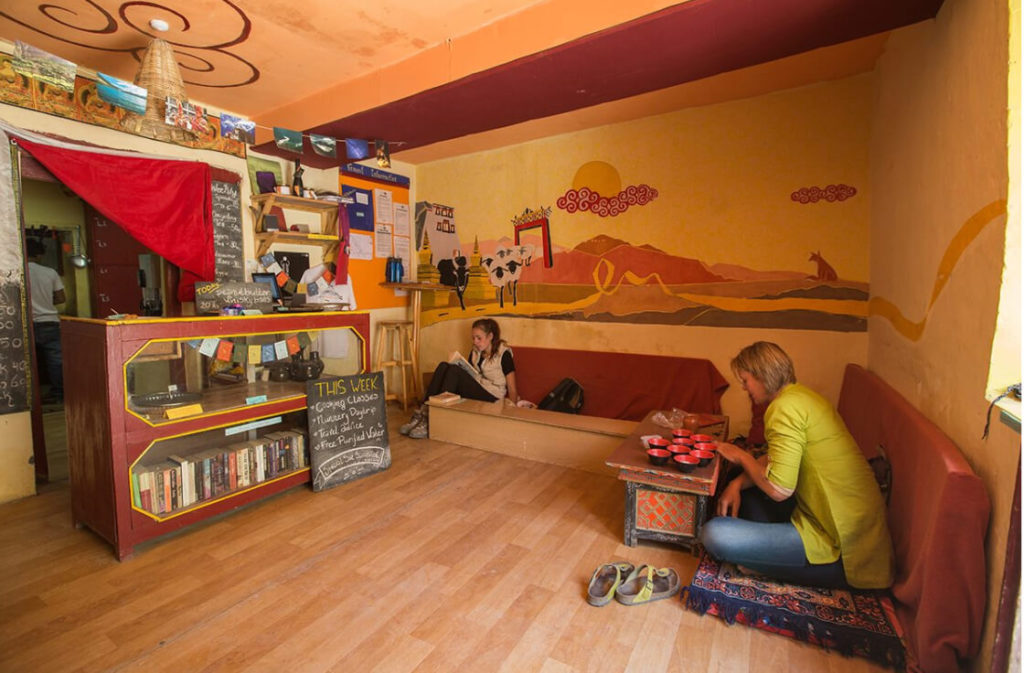
Now Ecosphere is studying the potential of cost-effective solar water-pumping technologies to aid people in mountain-top villages, who have to walk long distances downhill to collect even drinking water.
While the need for plentiful direct sunlight limits the replicability of Ecosphere Spiti’s innovative solar technologies, they serve as a model for sustainable development projects in ecologically fragile regions. As importantly the project shows that development goals need not be in conflict with the urgent task of protecting the natural environment.
Author: Geetanjali Krishna, The India Story Agency for Sacred Groves
Images Credit: Spiti valley banner image: Carlos Adampol Galindo/ Wikimedia Commons, 1. Geetanjali Krishna, 2. 3. 4. Ecosphere
(Wikimedia License – https://creativecommons.org/licenses/by-sa/4.0/legalcode)
Did you enjoy this article?
Share with friends to inspire positive action.
